‘Wallander: The Revenge’/90 min./Music Box Films
If you need a little Scandinavian neo-noir fix this weekend, “Wallander: The Revenge” should do the trick nicely. It’s one episode from a 13-part Swedish TV series, based on original stories by popular Swedish crime writer Henning Mankell and directed by Charlotte Brändström. Fast, good-looking, intelligent and compelling, it’s also very entertaining.
Krister Henricksson plays small-town police detective Kurt Wallander. Gruff, shrewd and set in his ways (he’s 62 in the books), he’s counting the days until he can live in his house by the sea and walk his dog. But first he’s got to suss the connection between three murder victims, all of whom have been shot 17 times. At the same time, a power substation has been blown up and some suspect Islamic terrorists are behind both the explosion and the murders.
Helping him out are rookie cop (Nina Zanjani) and public prosecutor Katarina Ahlsell (Lena Endre). The performances are excellent, especially Henricksson who shines in a tense scene toward the end in which he placates a crazed man clutching a bomb.
True, when Wallander cracks the case, it’s a bit pat, but for me that was a minor flaw. I was left wanting to watch the rest of the series.
“Wallander: The Revenge” is playing in LA at Laemmle’s Music Hall 3, 9036 Wilshire Blvd., Beverly Hills, 90211. The 13 films in this series will be available on DVD, VOD iTunes, Amazon and Vudu. (Kenneth Branagh plays Wallander in the BBC/PBS “Masterpiece Theater” adaptation.)

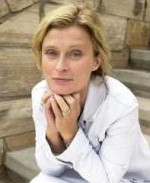





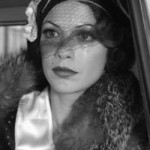
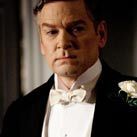
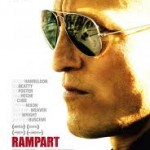

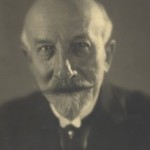
![NobodyElseButYou[1]](http://www.filmnoirblonde.com/wp-content/uploads/2011/10/NobodyElseButYou12-300x225.jpg)
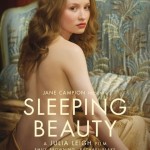





From FNB readers